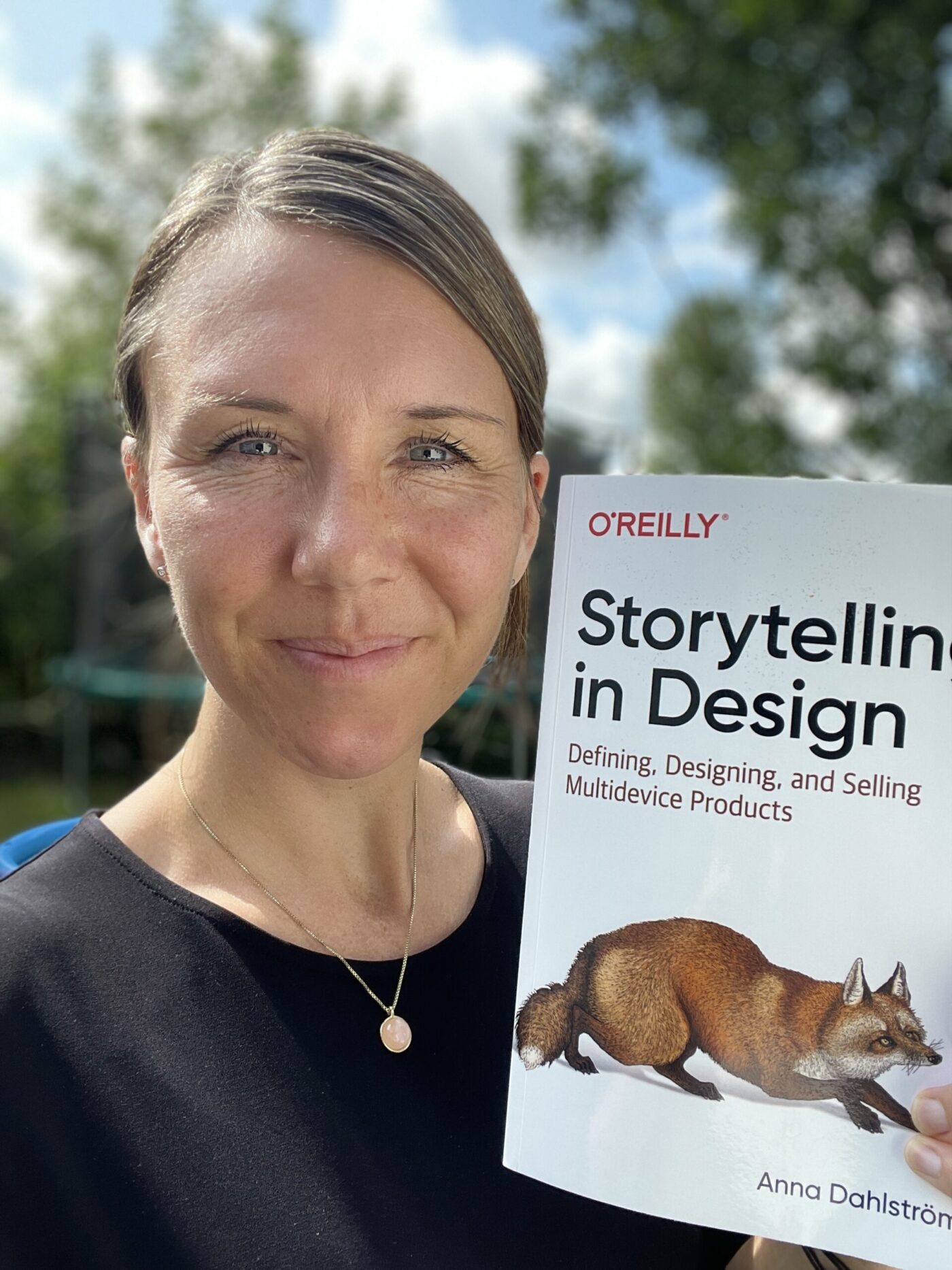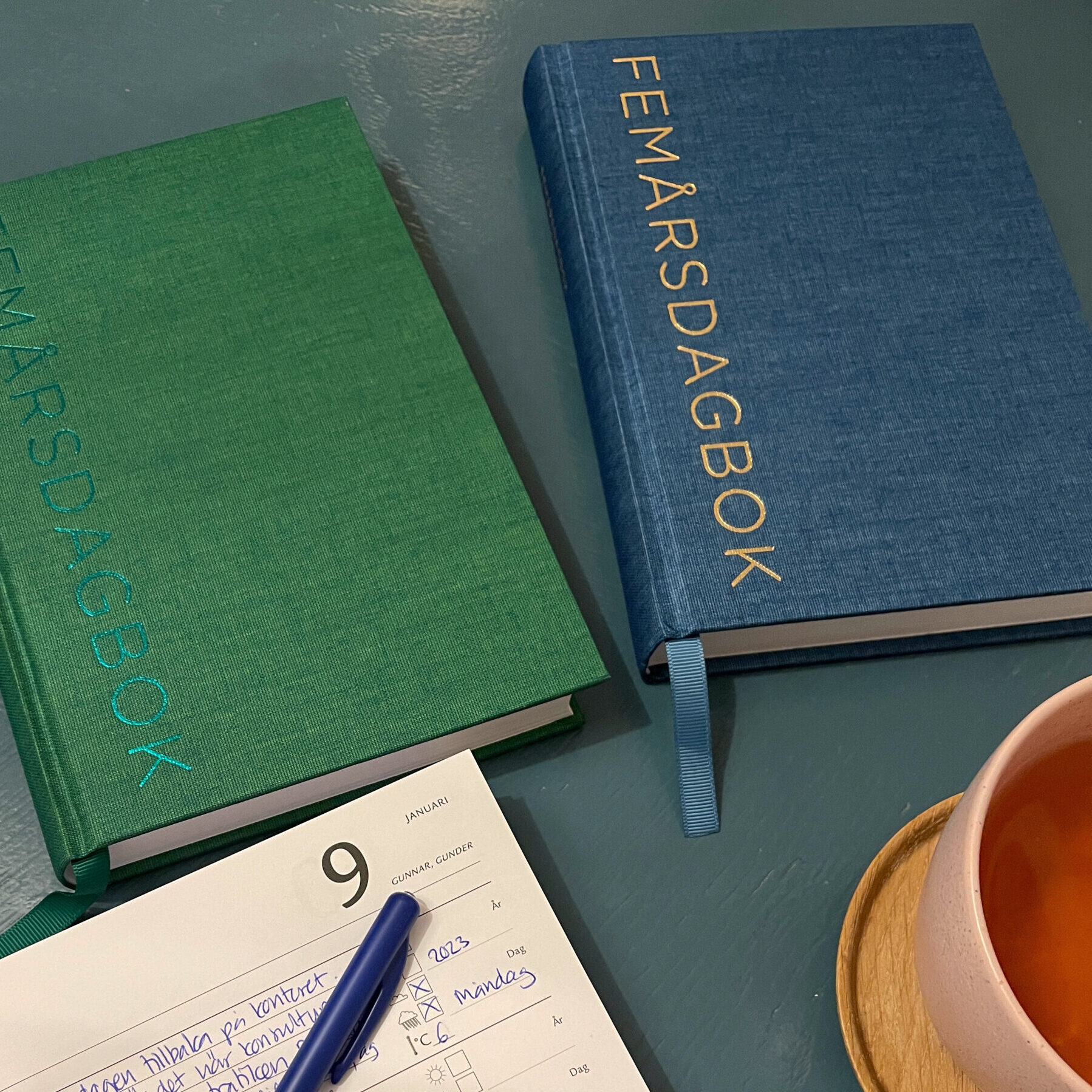The second time I did my ‘Designing for everyone, anywhere, at any time’ talk I told the story of project flat and why one size fits all just ends up with a fair few misfits.
In the winter of 2011 D and I embarked on project flat. I’d just left my permanent job as an Experience Lead at Dare and was about to begin my first freelance contract. It was a cold February and it was about to get a lot colder.
The story of project flat and the endless decisions
The first part of project flat was the loft conversion. We’d hired a firm that had done next door and in mid February they began clearing out the loft and soon after taking our roof off. They did a good job covering up to ensure we got as little dust in as possible, but when the point came where they had to break through and make space for where the stairs would go – as well as knock out parts of out ceiling to level the loft – there was no escaping the dust. Or the cold. I can’t remember for how long we were left with flimsy tarp to serve as our roof whilst they were building the construction for the loft conversion, but I do remember how cold it made our flat. And, how each night, as we laid in bed, we could hear the wind blow through it, leaving us wondering if it would blow off, or if someone all of a sudden would climb in through it.
The builders worked quickly and before we knew it they asked us to make decisions about this, that and everything in between. Both for the loft and for the refurbishment of downstairs, which was part two of project flat. Having recently started freelancing in the form of contracting – where you work from the company’s office during office hours – it was less easy for me to handle the demands of and calls from the builders than had I still been in my previous job. There everyone knew me and that I always did my job. Now, I was new and wanted to make a good impression. I was also quite conscious of being on a day rate, and that everyone knew I was so I didn’t want to be seen taking calls, or take them. But sometimes I had to. In hindsight, starting the two things at the same time was not a good idea. I didn’t know just how demanding project flat would be.
Describing this period as stressful is an understatement. Every day we had to make a decision about something regarding our emerging space in the loft, and about downstairs. From where radiators to sockets to lights, switches, fittings and fixtures would go to what type of spindles, doors, wall colours, tiles, floors and cornice we wanted. The list of things to make a decision about was endless and with that came an equally endless list of research and topics to get our heads around. Topics we’d never come in contact with before and items we had to choose that we didn’t even know what they were.
As a result our first point for finding what we were after was for most new decisions Google. In some cases the search results provided us with a bit of context that helped us frame what it was we were looking for. Like spindles. Something we’d never heard of before. But the steps after that we’re the most painful ones. Carrying out a loft conversion and refurbishing the rest of our flat from top to toe was a big undertaking financially. We were conscious to get it right and to spend our money wisely. That meant both ensuring we didn’t buy crap that would fall apart a year or two later, but also ensuring we didn’t spend money on unnecessary things. Or on items that were too expensive and would break the budget. With the builders pressing on and who would stop if we didn’t have the things they needed, we had little time for research, decision making and the actual purchases. It was full on and our flat a mess with dust everywhere. And by that I mean everywhere.
Bad, bad experiences that could have been good
For the first few months we spent hours pretty much every night researching and making decisions. It was painful, but unnecessarily so. The sites we used, and we used many, weren’t aimed at us and our very limited knowledge. In the beginning everything was new to us and in some cases we were completely clueless when it came to what we were looking for. And that made the research even harder. Where do you start when you don’t know what you’re looking for?
None of the sites provided context or advice around the items we were looking for. For the most part they dropped us straight into a cross road where we had to make a decision to continue our search. E.g. by forcing us to select the type of bath we were after when we didn’t even know what the difference was between the bath types. There was close to no information on the sites that also allowed purchase on what to bear in mind when e.g. buying a bath. Or what other supplementary items you needed, like pipes, fittings etc. As a result we jumped back and forth between search results, forums, DIY guides and the sites of the stores we were buying from. It was time consuming and incredibly frustrating. And the dust and pressure made it worse.
Design and cognitive load
In the end project flat was completed and we now have a lovely home. We’ve learnt a lot from the experience and though there are many aspects that could have been better. But a lot of the time we spent researching and the pain we felt whilst doing so could have been avoided, if the sites that we used had considered and been designed with different users in mind as well as the stages of the process that they would go through. Sure, some of the sites were simply poorly designed. But others were quite good. Only, most focused on your average user and this resulted in that a lot of effort was required to distill what was relevant and how to get to where you needed to go. There were too many decisions to make but not enough information to make those decisions.
The post Your app makes me fat by Serious Pony talks about a matter related to this. It’s a great read about cognitive load in relation to design and the implications the amount of cognitive resources we have to use for a task have on other aspects of our life. Like what we eat. It references a number of experiments that have been done with both humans and dogs where the findings conclude that:
Will power and cognitive processing draw from the same pool of resources
When we are faced with a task that requires a lot of cognitive resources it drains us. And something has to give. My main reason for advocating tailored design is, as Serious Pony finishes off saying, that we should help users conserve and manage the cognitive resources they have so that they can spend their time and energy on things that really matter. In the case of project flat, better thought through designs and journeys tailored to the different stages that a user is likely to go through – from awareness to purchase, e.g. researching to buying a bath – would significantly have impacted the amount of time that we spent online. But it could also have made us happier through out the duration of project flat and helped save some of our energy for the things that really mattered. Like having the energy and clear head to make decisions, coping with dust and builders. Perhaps even given us just a little bit of time left for ourselves and for each other.
The argument for tailored experiences
Designing the tailored web is in essence nothing more than doing really good research, planning, design and execution of online solutions. It’s what we’ve always done, when we’ve done our job properly. What makes it different however, from how we’ve done it before is the sophistication of how we are now able to construct and execute these solutions to better cater for the granular needs of users, rather than taking a one-size-fits-as-many-as-possible approach.
With the use of technology we can tailor what the user sees so that what’s not necessary, at that point in time, is removed in order to bring what’s most relevant right then and to that particular user to the forefront. We can learn from the individual user’s behaviour and feed that in so that the content and functionality they sees adapts. Technology now allows us to consider and tailor the smallest details. Details that can make all the difference, reduce our cognitive load and make our experiences online more pleasant and valuable.
By implementing tailored web principles we can make it much easier for our users to get to what they are after and thereby also providing more value for the client/ company. It can help us make our users’s happier both whilst they engage with us but also after. We all know what a bad experience does to our mood and how a series of them not only affects us but also the people around us.
The aim of a tailored web experience is one that feels like the site or service that you use knows you. Not in a creepy way, but in the helpful friend kind of way. The experience D and I had online whilst going through project flat could have been completely different if the sites we used had tailored our experience based on our entry points, if it was our first or subsequent visit, as well as to our paths and behaviour on their sites (e.g. clicks, searches, dwell time on certain pages, or drop offs – both which could be an indication that we’ve gone else where because we weren’t finding what we were looking for). They could have tailored content, messaging and sign posting to our actual needs and we would have found what we were looking for much easier. And felt more reassured in the process. If we’d had this kind of an experience some of the sites and stores that we didn’t buy from, would have sold to us. Others would have sold the same as they did with a crappy experience, as additional factors also played in. But in every case it would have changed how we felt after using their sites and as a result how we talked about them. And maybe even the number of pizzas we had during this period.
Images from project flat, featuring our very curious and helpful kitty


